Participating in a tea ceremony in Japan means entering a world of calm, controlled gestures, and respect for traditions. This ancestral art, called chanoyu or sadō, is an integral part of Japanese culture. Whether you are passionate about Japan or simply curious to experience something authentic, attending a tea ceremony will immerse you in a universe where every detail matters, from the choice of utensils to the atmosphere of the room. But then, where to have a tea ceremony in Japan? Here are the most iconic places to experience this unique event.
Kyoto, the spiritual cradle of chanoyu
Before entering specific addresses, it is important to understand why Kyoto is an essential reference for tea ceremonies. An imperial capital for over a millennium, the city is full of temples, gardens, and historic tea houses where this tradition has been carefully cultivated and passed down.
The traditional tea houses of Gion and Higashiyama
These historic districts of Kyoto are among the most authentic in Japan. You will find many machiya (traditional wooden houses) transformed into places dedicated to tea. Establishments like Camellia Tea Ceremony or En Tea Ceremony Experience offer accessible and respectful introductions to the ritual. The setting is intimate, often with a view of a small Japanese garden, which enhances the immersion.
Zen temples and their tea pavilions
Temples like Kodaiji, Ryoan-ji, and Daitoku-ji house beautiful tea pavilions within peaceful gardens. Participating in a ceremony in these places, often led by a monk or a tea master, adds a rare spiritual depth to the experience. You will not just drink tea: you will learn to observe, feel, and slow down.
Tokyo, between modernity and respect for traditions
Even in the frenzy of the Japanese capital, it is quite possible to experience a quality tea ceremony. Tokyo offers a variety of experiences, ranging from traditional ceremonies to more contemporary formats.
Immersive experiences in museums and gardens
The Nezu Art Museum or the Happo-en Garden are particularly recommended places. The setting is well-kept, and the tea masters are passionate and pedagogical. You will be guided in the gestures, attitude, and meanings that lie behind each step. It’s ideal if you are discovering this art for the first time.
Tea ceremony in modern hotels and reception venues
Some high-end hotels like Hoshinoya Tokyo or cultural centers like Tokyo Grand Tea Ceremony offer introductory sessions accessible to visitors. These options are convenient for travelers with little time but still wishing to experience the art of Japanese tea in good conditions.
Kanazawa, Nara, Uji: calm alternatives rich in stories
Beyond the big cities, other destinations offer an ideal setting for a tea ceremony, sometimes with even more authenticity and fewer tourists.
Uji: the ultimate matcha city
Located between Kyoto and Nara, Uji is famous for its high-quality matcha. Many tea houses there organize ceremonies, often combined with visits to plantations or preparation workshops. It’s a beautiful way to connect tea to its culture of origin.
Kanazawa: the elegance of a samurai city
Known for its craftsmanship and refinement, Kanazawa is home to preserved tea houses in its historic Higashi Chaya district. You will find intimate experiences there, sometimes in establishments that are centuries old. The pace is slow, the gestures are precise, and the welcome is always warm.
Nara: tradition and spirituality
With its ancient temples and sacred forests, Nara also offers magical places to experience a tea ceremony. Some temples provide sessions accompanied by prayers or meditation, strengthening the link between tea and Japanese spirituality.
FAQ - Everything you need to know about the tea ceremony in Japan
How much does a tea ceremony cost in Japan?
Prices range from 30 to 80 euros depending on the location and duration. Experiences in temples or with renowned masters can cost more, but offer an exceptional setting.
Should I book in advance?
Yes, booking in advance is highly recommended, especially in large cities or very touristy places like Kyoto. Some ceremonies only accept a few people at a time.
Can one participate without drinking tea?
In most cases, no, because the ceremony involves all the senses, including tasting. However, some educational experiences allow for a more relaxed approach.
What is the best season for a tea ceremony in Japan?
Each season has its charm, but spring and autumn offer particularly beautiful settings for contemplation. The atmosphere varies with the light, flowers, or leaves, adding a seasonal dimension to the experience.














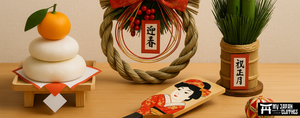
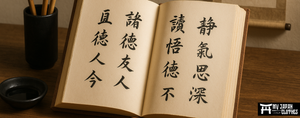

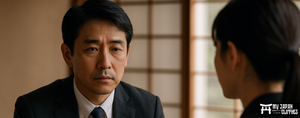
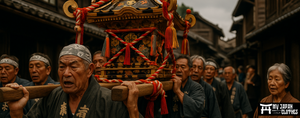
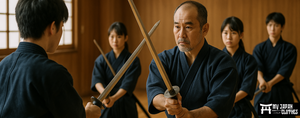

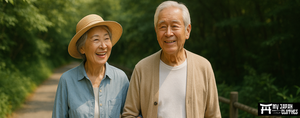
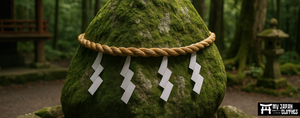

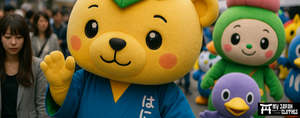
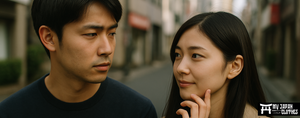
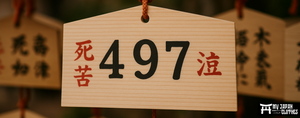



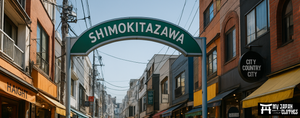



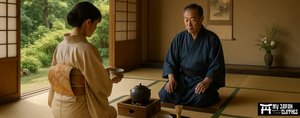
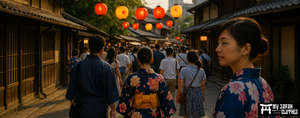
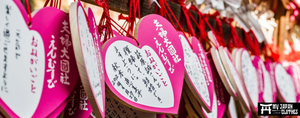



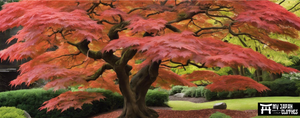
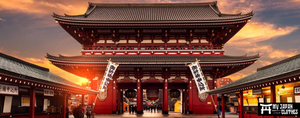
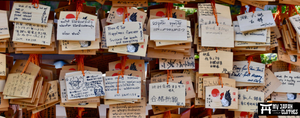
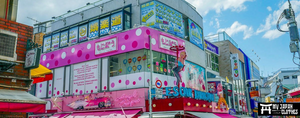
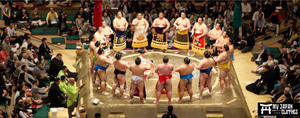

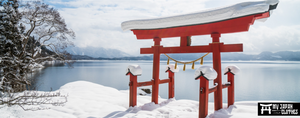




Leave a comment